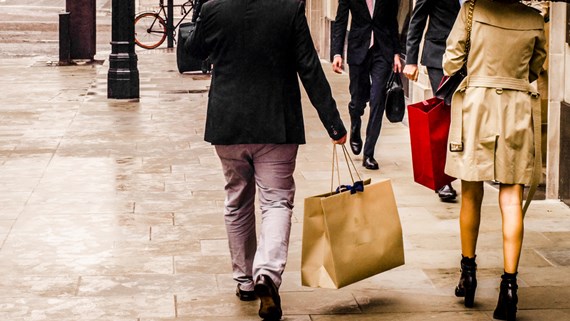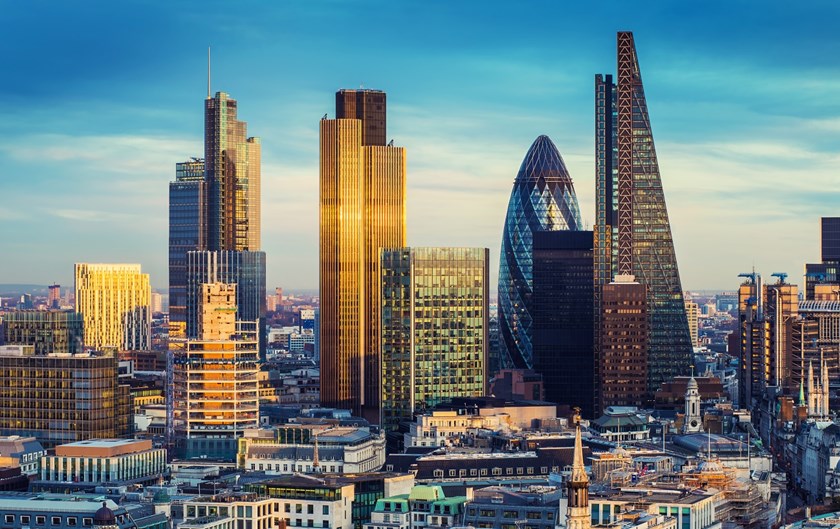Our recent seminar on embedding sustainability into luxury businesses
Insight

Farrer & Co, in conjunction with Julia Carrick OBE, was proud to kick off its spring/summer series of breakfast symposiums in early April, continuing to bring together sector leaders, entrepreneurs and key advisers in the luxury sphere to promote discussion around the core universal challenges and concerns facing brands, at different stages in their life cycle and from different sectors across the luxury industry.
We were delighted to welcome a record number of delegates and guests to the first symposium of the series, held on 3 April 2019, which focused on the theme of embedding sustainability in luxury businesses. The panel of experts was comprised of representatives from:
- Estée Lauder,
- Vivienne Westwood,
- Bermondsey Street Bees,
- Ecobooth, and
- EcoAge.
One point on which the panellists all agreed is that whilst improving and developing sustainable practice is a ‘hot topic’ that all luxury businesses are grappling with; within a decade, external forces and the pace of change we are seeing will mean that sustainable practices will be the new normal that all luxury businesses wishing to survive and thrive will need to have aligned themselves with.
Out of the lively discussion, we have distilled the following key takeaways:
What is sustainability? It covers three main areas: economic, environmental and social (or profits, planet and people).
Acceleration: the trend in sustainability is increasing and is here to stay. It will become the ‘new normal’ and accepted standard of business practice.
Drivers: these are consumers and changing priorities, founders and brands who already have strong visible strategies, government/legislation, investors/shareholders and activism/influencers.
Long term strategy: brands need to see sustainability as a continual process and part of the business risk management strategy – not a tick box exercise. No business can change course overnight, so brands should adopt a long-term approach and undertake a structured assessment of where the key risk factors for the business might lie from a sustainability perspective. Only then can a brand plan appropriately and allocate resources and mitigate those risks as part of a business plan which has improving sustainability embedded in it.
Going beyond: companies need to think broadly about their sustainability goals. This includes looking at supply chains, the materials they use, the partners they work with and the way they communicate their actions. Are these consistent with the brand's core values?
Education and visibility: the luxury sector, in particular luxury fashion brands, need to recognise that there is a continuing need to educate their customers on what they are doing to ensure visibility of strategy so that customers can distinguish between those companies who are doing the right things and those who are seeking to use sustainability as a tag line.
Sustainability equals profitability: when considering how to embed sustainability within a business – don’t just think about the good it can do for humanity or the planet. Think about how it can and will also be good for profit. New products and new messages can enable you to access new clients. Doing the right thing and increasing profits are not mutually exclusive.
Farrers’ spring/summer series of events will continue with breakfast symposiums due to be held in June and early July – invitations to follow – watch this space!
If you require further information about anything covered in this briefing note, please contact Luiza Grizzelle, or your usual contact at the firm on +44 (0)20 3375 7000.
This publication is a general summary of the law. It should not replace legal advice tailored to your specific circumstances.
© Farrer & Co LLP, April 2019







